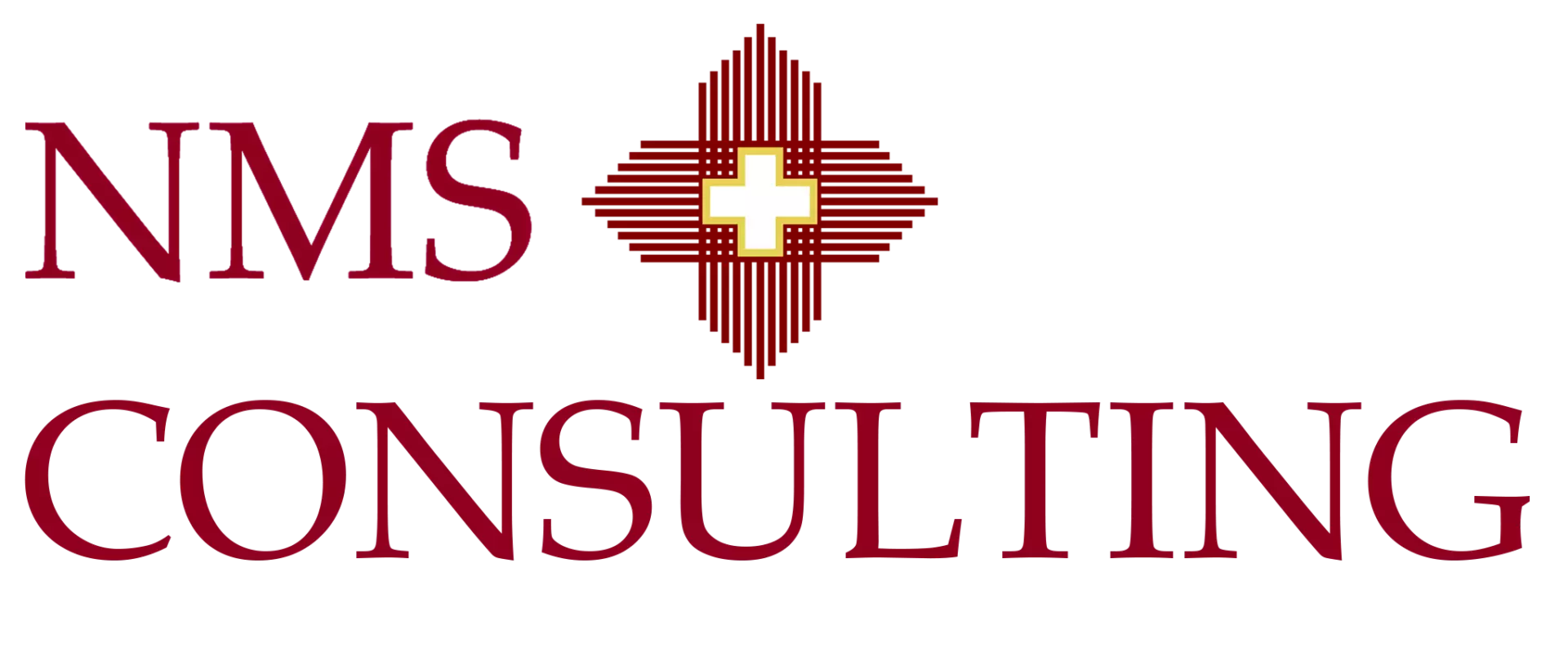Which Factor Most Affects a Firm’s Choice of Market Entry Strategy?

When leaders ask which factor most affects a firm’s choice of market entry strategy, the practical answer is the level of risk and resource commitment the firm is prepared to take in the target market. Other elements matter, but they mainly work through how they change risk and the resources required to enter and grow.
Short answer: the risk and resource commitment trade off
Different market entry strategies ask for different levels of capital, management attention, and exposure to local conditions. Exporting and online sales usually require less investment and carry lower direct risk. Joint ventures and wholly owned subsidiaries demand more capital, deeper local involvement, and closer contact with regulation and politics.
Because of this, the factor that most affects a firm’s choice of market entry strategy is the level of risk and resource commitment the firm is prepared to carry in the target market. Leadership needs to decide how much capital and management time they can allocate and how much volatility they are ready to accept in exchange for higher control and potentially higher returns.
Articles such as What Is a Market Entry Strategy and What Is the Best Market Entry Strategy for My Business explain how this trade off appears in real projects.
How market conditions shape that trade off
Risk is not the same in every country or sector. Conditions in the target market influence how attractive each entry mode looks in practice.
- Political and regulatory stability. Markets with clear rules, predictable enforcement, and reliable legal systems reduce certain types of risk. In more volatile markets, firms may prefer gradual entry or partnerships that share exposure.
- Market size and growth. If long term potential is high, it may be attractive to accept higher risk and commitment for greater control and upside. If potential is limited or uncertain, lower commitment modes often fit better.
- Competitive structure. When local competition is strong and fast moving, firms may need closer contact with customers and faster decision cycles, which can favor joint ventures or direct investment.
- Customer expectations and channels. In some markets, customers expect local presence, local partners, or specific channels. This can push firms toward certain entry modes.
These themes appear throughout NMS Consulting’s market entry material, including Market Entry Strategy Consulting and International Business Market Entry Strategy.
Other factors firms consider when choosing an entry strategy
Risk and commitment are central, but they are not the only influences. Firms weigh several related points before they decide how to enter a new market.
- Strategic aims. Whether the firm wants short term sales, long term market leadership, access to resources, or test cases for later expansion.
- Capabilities. The experience the firm already has in similar markets, including language skills, regulatory knowledge, and partner networks.
- Need for control. Some brands need tight control over pricing, quality, and service to protect their reputation. Others can work with partners who follow agreed standards.
- Speed of entry. If the firm needs to move fast to capture a window of opportunity, it may favor modes that can be set up quickly with local partners.
- Availability of local partners. Strong local partners can reduce risk and support faster learning. Limited partner options may push the firm toward more direct modes.
Guides such as Market Entry Strategy: Mastering Business Expansion and How Management Consultants Help Businesses with Market Entry show how these points are balanced in practice.
Comparing key entry modes by risk, control, and commitment
Looking at common entry modes side by side helps explain why risk and commitment are so important. The list below uses a simple low to high ranking to keep the picture clear.
- Indirect exporting. Low capital and low direct risk. Control over marketing and service is limited, but this can be a good way to test demand.
- Direct exporting and local distributors. Still relatively low capital, with more control over product and brand. Risk increases somewhat, but the firm can change partners if needed.
- Licensing and franchising. The firm grants rights to use its brand, product, or technology. Financial risk can be moderate, but control over daily operations depends on contract design and monitoring.
- Joint ventures and strategic alliances. Higher capital and shared control with a local partner. Risk is higher, but so is access to local knowledge and relationships.
- Wholly owned subsidiary. Highest level of capital and management effort. The firm has the most control but also carries the most direct exposure to local conditions.
The article What Is the Best Market Entry Strategy for My Business uses similar comparisons to help firms match entry modes to their situation.
Step by step way to choose a market entry strategy
In practice, leadership teams can use a simple sequence of questions to choose among entry modes.
- Define clear growth and profit aims for the target market.
- Estimate the size, growth, and regulatory profile of the market.
- Assess the firm’s financial capacity and management time available for this expansion.
- Agree on the maximum level of risk the firm is prepared to accept.
- List feasible entry modes and partners, given these limits.
- Model scenarios for each option, including downside cases.
- Select the entry path that fits risk and commitment limits while still meeting growth and profit aims.
- Plan review points where the firm can increase or reduce its level of commitment as it learns more.
NMS Consulting’s pages on Market Entry Strategy Consulting and Market Entry Strategy for Startups show how such structured decision making applies to both large firms and younger companies.
Example: how one firm could apply these ideas
Consider a mid sized manufacturer that wants to enter a fast growing country market. Management believes the long term potential is high, but they have limited experience in that region and face uncertainty over regulation and supply chain reliability.
If they value lower risk and lower capital outlay at the start, they might choose direct exporting with a strong local distributor, supported by a small local team. As they gain confidence and learn about customer needs, they might move toward a joint venture or eventually set up a wholly owned subsidiary.
In this example, the central question is how much risk and commitment the firm is ready to carry at each stage. Market conditions and partner options influence the answer, but they do so by changing the balance between risk, control, and resources over time. Articles such as Market Entry Strategy and Business Expansion and International Business Market Entry Strategy describe similar paths in more detail.
How NMS Consulting supports market entry decisions
NMS Consulting helps clients design and execute market entry strategies that fit their risk appetite, resources, and growth aims. The firm works with investors, corporates, and startups on both single market entries and broader international expansion programs.
Support can include market and competitor analysis, scenario modelling for different entry modes, partner identification and evaluation, and design of phased entry plans with clear review points. For some clients, this also ties into wider work on Core Consulting Services such as strategy, transformation, and risk management.
Clients can explore the Market Entry Strategy Consulting page or country focused material such as India Market Entry to see how these services are applied in specific situations.
Questions about market entry strategy choices
- Is risk always the top factor when choosing a market entry strategy?
- Risk and resource commitment tend to guide the final choice, because they determine what is realistic for the firm. Other elements, such as market potential and regulation, matter a great deal, but they mainly influence how attractive a given risk level appears.
- How does a firm’s experience in other markets affect entry decisions?
- Firms that have entered similar markets before may feel comfortable taking on higher commitment modes more quickly. Less experienced firms often prefer gradual entry modes that allow learning before large investment.
- Are joint ventures always a middle ground between exporting and full ownership?
- Joint ventures often sit in the middle in terms of risk and control, but the exact balance depends on the partner, contract, and local rules. Some joint ventures can be nearly as involved as full ownership in practice.
- Should startups follow different rules for market entry?
- Startups usually face tighter capital and management limits, so they often rely on lighter entry modes and partner networks. The article Market Entry Strategy for Startups gives examples of how younger firms can expand while managing risk.
- Can a firm use more than one entry mode in the same country?
- Yes. A company may export some product lines, license others, and run a joint venture for a flagship service. The key is that the overall mix still fits the firm’s risk and commitment limits.



